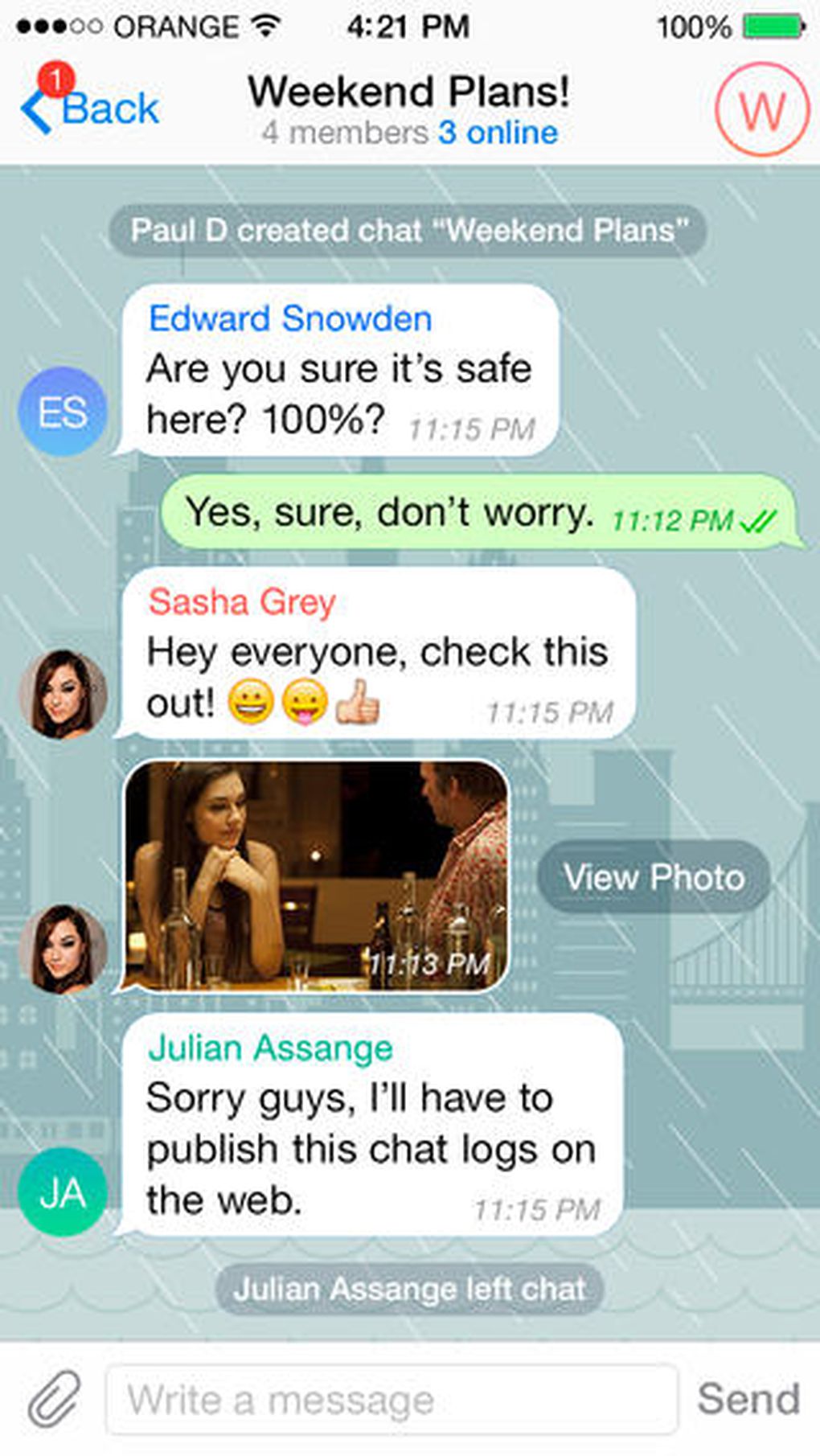Palestinians Set Fire to Joseph’s Tomb Ahead of ‘Day of Rage’
JERUSALEM — Hundreds of Palestinians entered the Joseph’s Tomb compound in the West Bank town of Nablus late Thursday and set it on fire, severely damaging the Jewish holy site in what Israel called a “despicable” act.
The overnight violence came amid calls for another “day of rage” in the region and looked set to further escalate tensions in which at least 40 people have been killed over the past two weeks.
On Friday, an Israeli soldier was stabbed and lightly wounded at a Jewish settlement near the West Bank city of Hebron, according to the Israel Defense Forces. The attacker had disguised himself as a news photographer and was shot dead, the IDF added. Security officials pledged to hunt down those behind the attack on the tomb, which is said to contain the remains of the biblical patriarch, Joseph.
IDF spokesman Lt. Col. Peter Lerner said: “The burning and desecration of Joseph’s tomb … is a blatant violation and contradiction of the basic value of freedom of worship. The IDF will take all measures to bring the perpetrators of this despicable act to justice, restore the site to its previous condition and ensure that the freedom of worship returns to Joseph’s Tomb.”
He said the IDF would “make the necessary repairs in order to allow worshipers to visit the holy site.”
Masked Palestinians and a Palestinian flag were seen at the site. Palestinian firefighting teams extinguished the blaze.
The WAFA news agency reported Friday that Palestinian National Authority President Mahmoud Abbas condemned the incident and created a committee to investigate the tomb’s torching. He also ordered that it be repaired immediately.
Fatah, Hamas, and Islamic Jihad called for a “day of rage” in the region Friday following afternoon prayers in the mosques.
Demonstrations were also planned at West Bank points of friction, including Rachel’s Tomb, the Kalandiya checkpoint, and the Judea and Samaria intersection near Ramallah. Hamas also called for protests in Hebron, Tulkarm, and Nablus.
SUBJECT: U.N. 16 Oct.meeting re Jerusalem unrest:
QUOTE:”Uptick in weeks of violence has raised fears that a third Palestinian intifada, or uprising, might erupt. (Reuters)”
FULL TEXT:The U.N. Security Council will hold an emergency meeting on Friday[16 Oct. to discuss an upsurge of violence between Israelis and Palestinians, diplomats said.
The urgent talks were requested by council member Jordan following a meeting on Thursday of Arab ambassadors who expressed alarm at the escalating situation.
The meeting comes as another attack took place on Friday after Israeli troops shot dead a Palestinian who they say was “disguised as a news photographer” and who allegedly stabbed and wounded a soldier in the West Bank settlement of Kiryat Arba, the army said.
U.N. Secretary-General Ban Ki-moon has repeatedly called for calm following weeks of violence that have left at least 30 Palestinians dead. Palestinian envoy Riyad Mansour told reporters that the situation was “very explosive” and called on the Security Council to “shoulder its responsibility” with action to quell the violence.
Israeli security forces deployed massively in occupied Jerusalem on Thursday as Jews armed themselves with everything from guns to broomsticks. The uptick in violence has raised fears that a third Palestinian intifada, or uprising, might erupt.
UNRWA employees:
FOR IMMEDIATE RELEASE
GENEVA, October 16, 2015 – UN staffers are using the imprimatur of their official positions to incite Palestinian stabbing and shooting attacks against Israeli Jews, with one UN-identified employee calling on Facebook to “stab Zionist dogs,” according to a new report issued today by UN Watch, the Geneva-based non-governmental organization that is accredited by the United Nations with the mandate to monitor the world body’s compliance with its charter.
UN Watch submitted the report today to UN Secretary-General Ban Ki-moon, UNRWA chief Pierre Krähenbühl, and U.S. Ambassador Samantha Power, whose government’s $400 million annual grant makes it the largest funder of UNRWA.
“The UN and top funders of UNRWA such as the United States government must act immediately to terminate employees who are inciting murderous anti-Semitism and fueling the deadly pandemic of Palestinian attacks against Israeli Jews that have claimed innocent men, women and children, aged 13 to 78,” said Hillel Neuer, executive director of UN Watch.
“Despite UNRWA’s promise, in wake of our previous report, to take action and dismiss UNRWA perpetrators of incitement, there has been no accountability whatsoever,” said Neuer. “On the contrary, UNRWA’s main response has been to try and intimidate UN Watch.”
“We call once again on Ban Ki-moon and UNRWA to immediately terminate their employees who incite to murder. Moreover, we call for the establishment an independent commission of inquiry, to include representatives of the U.S., the EU (gave $139 million), the UK ($95 million), and other top UNRWA funders, to investigate the culture of impunity for perpetrators of racism and incitement that pervades UNRWA.”
“UNRWA’s strategy of impunity, denial and deflection only enables more incitement and violence. It’s time to put an end to the pattern and practice of UNRWA school principals, teachers and staff members posting antisemitic and terror-inciting images, indicating a pathology of racism and violence within UNRWA that must be rooted out — and not buried, as UNRWA spokesman Chris Gunness has attempted to do by calling for boycotts of newspapers or NGOs that dare to report these incidents of hate,” said Neuer.
“We’re urging the UN to finally recognize that these despicable posts, published on Facebook accounts run by people who openly identify themselves as UNRWA officials, constitute a gross violation of the International Covenant on Civil and Political Rights, which prohibits incitement to discrimination, hostility or violence,” said Neuer.
Report on UNRWA Teachers
and Other Officials
Inciting Violence & AntisemitismUN Watch Report
October 16, 20151: “STAB ZIONIST DOGS,” SAYS U.N. EMPLOYEE HANI AL RAMAHI
Hani Al Ramahi, who identifies himself on Facebook as a “Projects Support Assistant at UNRWA” (screenshot here), posted the violent image below last Thursday, on October 8th, in which a keffiyeh-clad man stares down the camera as he grasps a knife, bearing the Palestinian colors, daubed in blood. “Stab Zionist dogs,“ reads the caption.
Recommendation: UNRWA should fire Hani Al Ramahi for using the name of UNRWA on an account that incites violence and terrorism.
_________________________
2: U.N. EMPLOYEE IBRAHIM ALI GLORIFIES
KNIFINGS, MOLOTOV COCKTAIL ATTACKSIbrahim Ali, who lives in Hebron and identifies himself as an UNRWA employee on his Facebook page (screenshot here), posted this video on his timeline on October 6th (screen captures below), which glorifies a gruesome series of terrorist attacks, including shootings and stabbings, of Israeli Jews.
Recommendation: UNRWA should fire Ibrahim Ali for using the name of UNRWA on an account that promotes violence and terrorism.
_________________________
3: HIBA MIARI, UNRWA TEACHER, CELEBRATES STABBINGS
Hiba Miari, identifying herself on her Facebook page as an UNRWA teacher (screenshot above), celebrated the recent Palestinian stabbing attacks against Israeli Jews with a cartoon that she posted online on October 11th. A masked Palestinian is shown playing music on a violin made of a giant knife — the kind used for stabbing. The picture was deleted after it was first exposed by the blogger Elder of Ziyon, though UNRWA has never condemned the incitement or announced any punitive action.
Recommendation: UNRWA should fire Hiba Miari for using the name of UNRWA on an account that glorifies and romanticizes violent acts of terrorism.
_________________________
4: UM KARAM, UNRWA TEACHER, GLORIFIES STABBING SERMON
Um Karam, who identifies himself on his Facebook page as a teacher at UNRWA (screenshot above), posted the infamous video of mosque sermon in which Sheikh Abu Rajab pulled out a knife and, with violent stabbing motions, exhorted Palestinians to murder Jews in the name of Islam.
Recommendation: UNRWA should fire Um Karam for using the name of UNRWA on an account that promotes murder and terrorism.
_______________
5: SOUHAIB FAYYAD
Souhaib Fayyad, who identified on Facebook as part of UNRWA, celebrated the stabbing of Israeli Jews by turning his Facebook profie picture, on October 12th, into an image of a dagger, morphed out of the Facebook “Like” icon. UN Watch captured the image below before it was removed. Fayyad’s actions were documented by the blogger Elder of Ziyon, and his UNRWA-linked Facebook page has since been deactivated. UNRWA has never condemned its employee’s incitement or announced any punitive measures.
Recommendation: UNRWA should fire Souhaib Fayyad for using the name of UNRWA on an account that promotes and condones murderous acts of terrorism.
_______________
6: MAHMOUD ABU ZAKARI
Mahmoud Abu Zakari, identified on his Facebook page as an UNRWA social worker, celebrated the stabbing of Israeli Jews on October 11th, by turning his profile picture into an image of a hooded youngster clutching a large knife, ready to strike (below).
Recommendation: UNRWA should fire Mahmoud Abu Zakari for using the name of UNRWA on an account that promotes and condones acts of violence and terrorism.
___________
7: MAEN DAJANI, U.N. TEACHER, DEFENDS STABBER
Maen Dajani, identifying himself on his Facebook page as a teacher with UNRWA, joined in the PA-Hamas campaign to demonize Israeli self-defence against stabbings as “executions of teenagers,” when he shared a post on October 14th (screenshot below) purporting to illustrate that Israeli media had photoshopped a knife into the hand of a 15-year-old “martyr” who attempted to stab an Israeli. Dajani, who failed to reply to another user’s comment on his post in which the photoshop claim is conclusively refuted, was first exposed by the blogger Elder of Ziyon.
Recommendation: UNRWA should fire Maen Dajani for using the name of UNRWA on an account that excuses violence and terrorism.
_________________________
8: UNRWA’S SALEH MOHSEN ADVOCATES VIOLENCE
Saleh Mohsen, identifying himself on his Facebook page as an UNRWA employee, celebrated the outbreak of Palestinian stabbing attacks against Israelis by calling, on October 4th, for a “West Bank Intifada”:
On October 9th, this UN employee shared a post on his timeliine calling for a “Third Intifada” (see three hashtags below) and then, on the same day, turned his profile picture into the violent image of a masked stone-thrower (see below), as first exposed by the blogger Elder of Ziyon.
Recommendation: UNRWA should fire Saleh Mohsen for using the name of UNRWA on an account that promotes violence and terrorism.
______________
9: UNRWA’S “ARAB IDOL” MOHAMMED ASSAF
ADVOCATES “WEST BANK INTIFADA,” GLORIFIES VIOLENCEMohammed Assaf, UNRWA’s “Youth Ambassador” and most famous personality — an “Arab Idol” winner who is a key fundraiser and face of the organization, appointed by UNRWA’s Commissioner-General — has been using his UN imprimatur to glorify violence throughout his Facebook timeline. In the image above, Assaf glorifies three Palestinian youths who attacked Israeli Jews as holy “martyrs” (Shahid).
Recommendation: UNRWA should fire Mohammed Assaf for using the name of UNRWA on an account that promotes violence and terrorism.






















